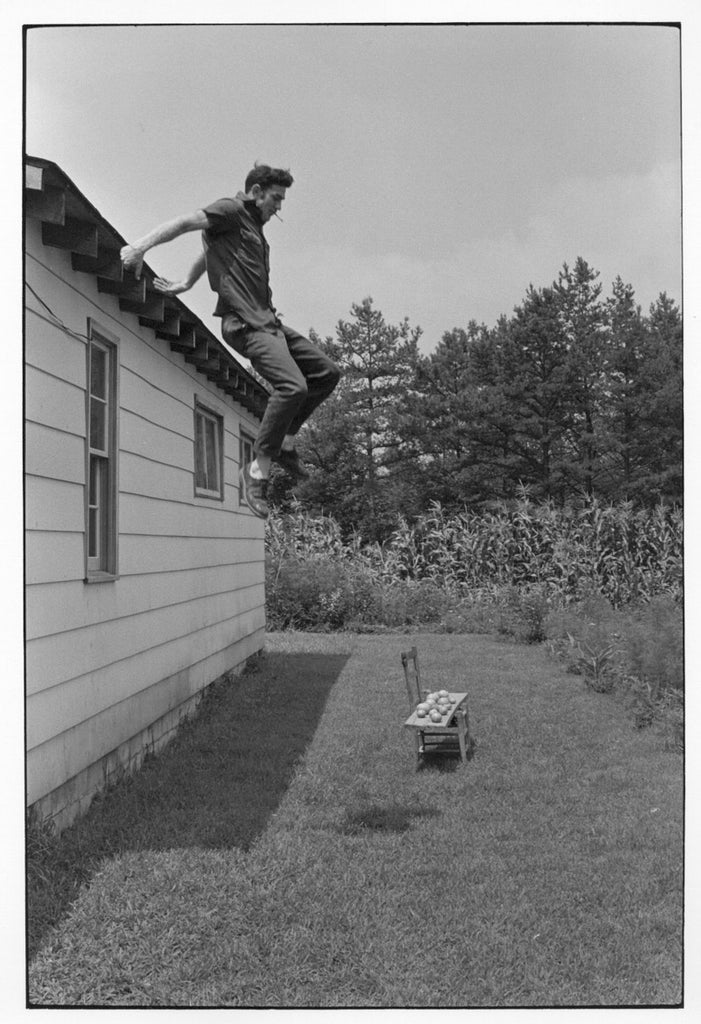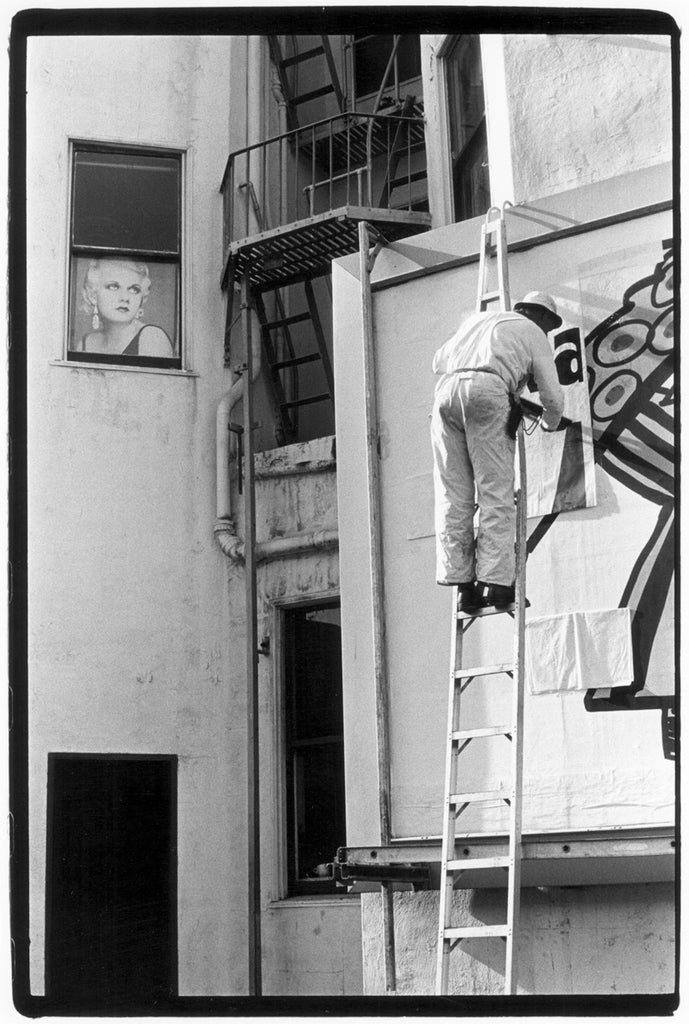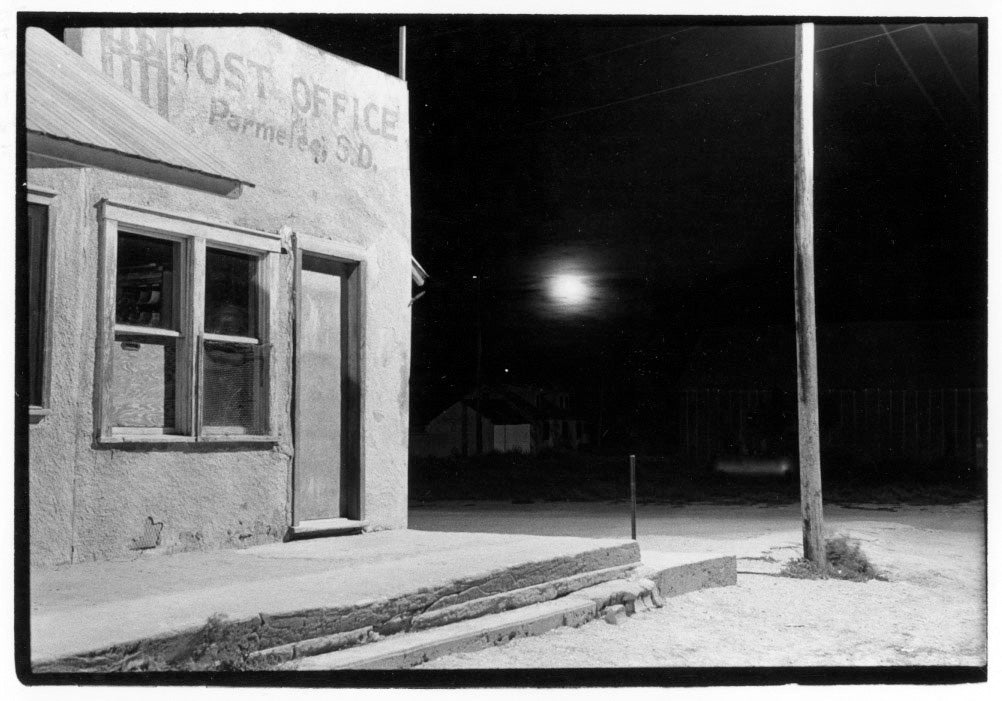The Little Known Photography of William Gedney
Posted on 16 February 2016
William Gedney is one of our most fascinating and under appreciated American photographers. He didn't take up photography until he graduated from Pratt in 1955 with a degree in graphic design. Gedney started his career with commercial graphic and layout work, taking photography classes from Pratt on the side.

In 1957 his interest in pursuing photography led him to leave his job at Glamour Magazine. From this point on Gedney would be in and out of regular employment, working for a stint at Time Magazine, among other places, to save enough money to support himself during periods of unemployment in which he would take on personal projects.

Gedney is perhaps most fascinating for being like an ever-present ghost in some of the most important times and places of his era. He had a way of imbedding himself with his subjects as to simply become a piece of their scenery - not noting him capturing the jetsam of their lives. Gedney was not only obsessive about recording his subjects with his camera but also with his journals. His detailed notes explain the life occurring in his work.

One can imagine the world swirling around him and his camera, almost as if it came to him as he stood there waiting, ready to snap the shutter. He documented the lives of farmers, coal miners, hippies, city dwellers in Calcutta, early gay rights activists, a sweaty and smiling Alan Ginsburg, and a stern, disheveled John Cage picking mushrooms. His photos are notable and powerful, yet published work is scant.

Why do we not know of Gedney like we know of Dorothea Lange or Walker Evens? Perhaps it's due to Gedney's reclusive personality and lack of skill in self-promotion. Other renowned photographers such as Walker Evens, Lee Friedlander, and Dian Arbus all supported Gedney and his work. His photographs were shown at the MOMA in New York early in his career.

Despite the positive attention, he was far busier snapping away at his camera than he was at self-promoting. All eight of his book deals fell through in his lifetime. He left his catalog of photographs and journals to his friend Lee Friedlander after dying in 1989 of AIDS in relative obscurity as an adjunct professor at his alma mater after being denied tenure two years earlier.

Over the last few decades Gedney's work has gotten more notoriety thanks, in large part, to it's promotion by Lee Friedlander. A large portion of Gedney's work has been made available by Duke University. It is a fascinating collection. I've been going back to it for years and find some new, stunningly captured moment every time I do.
Check out more of the collection.
